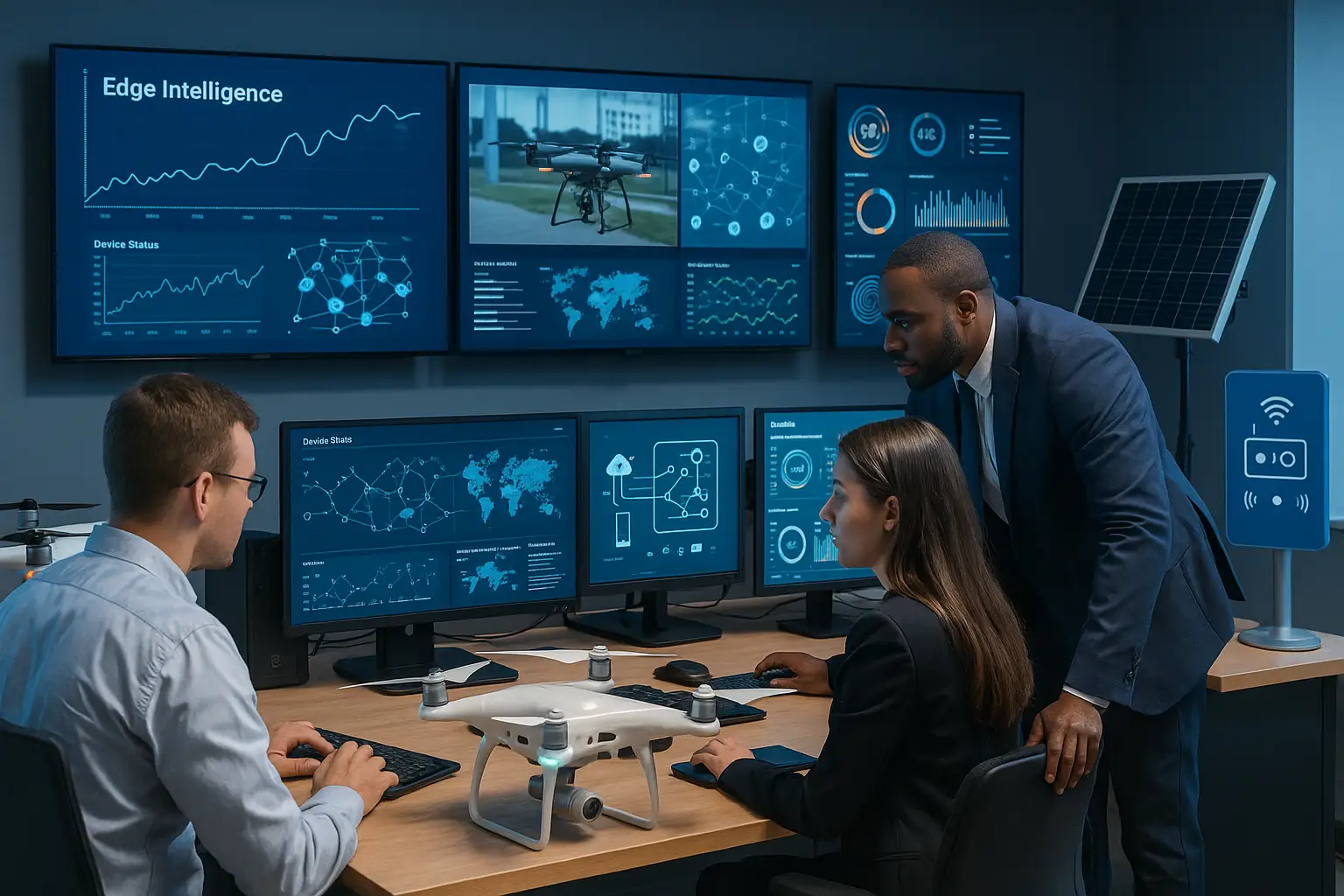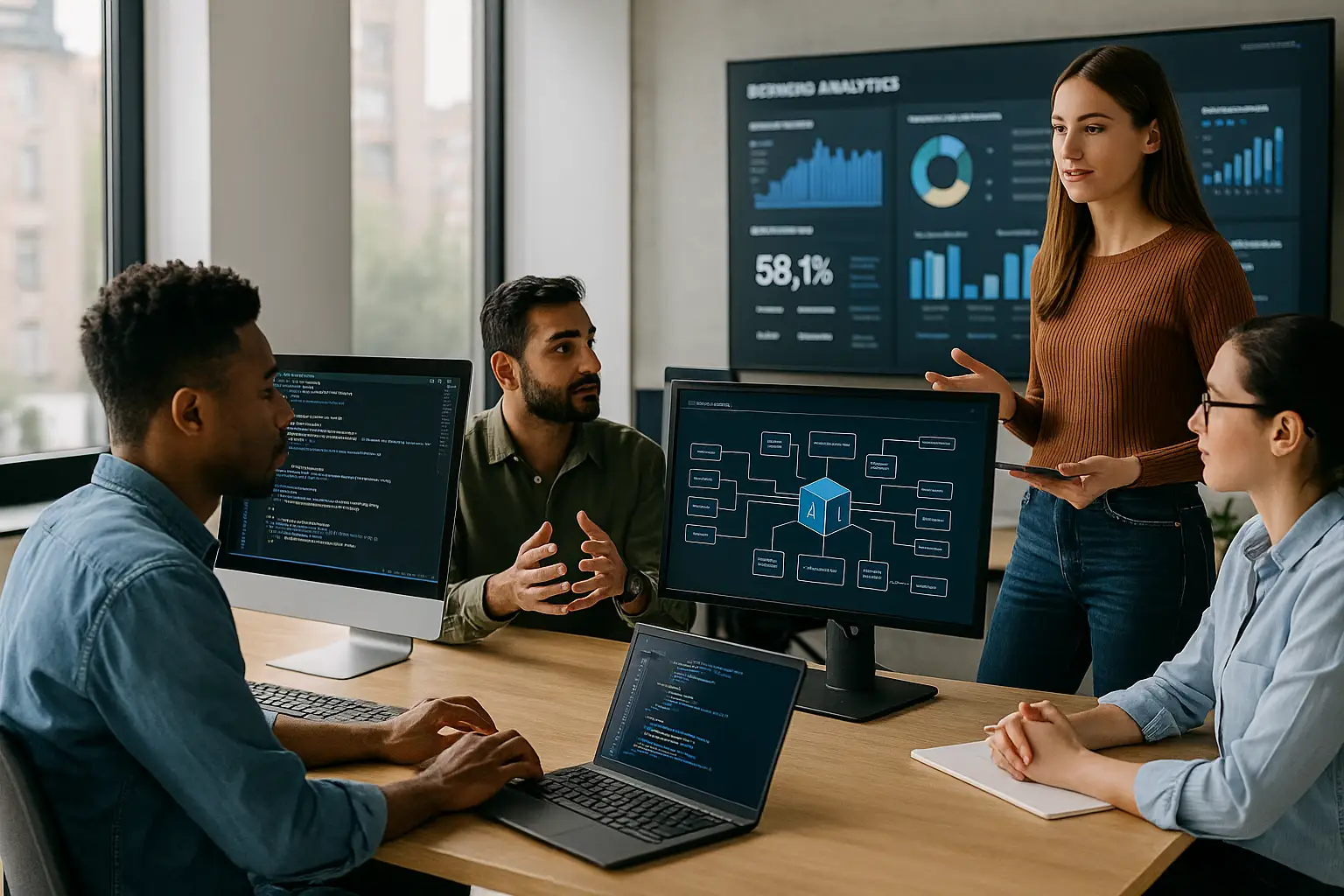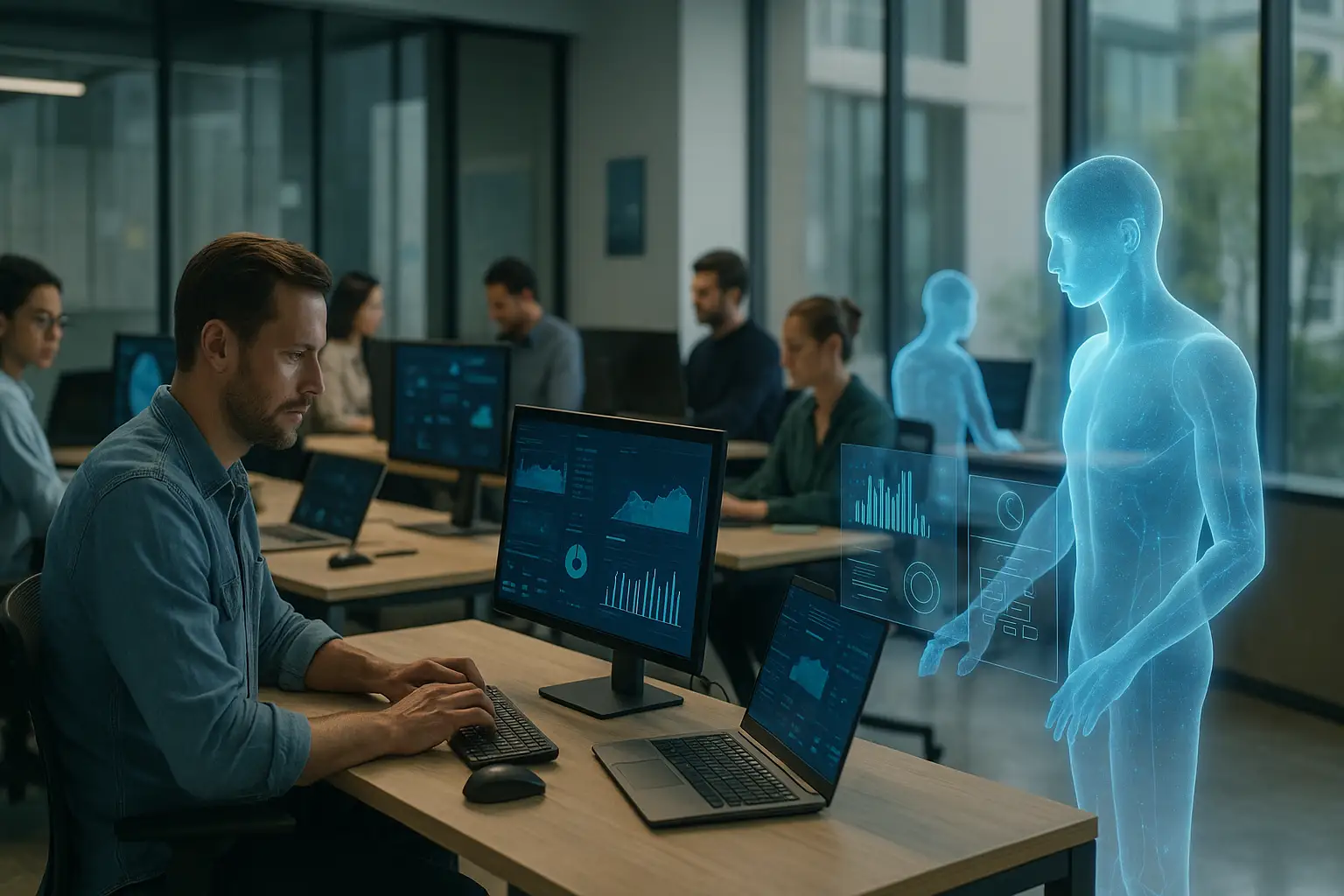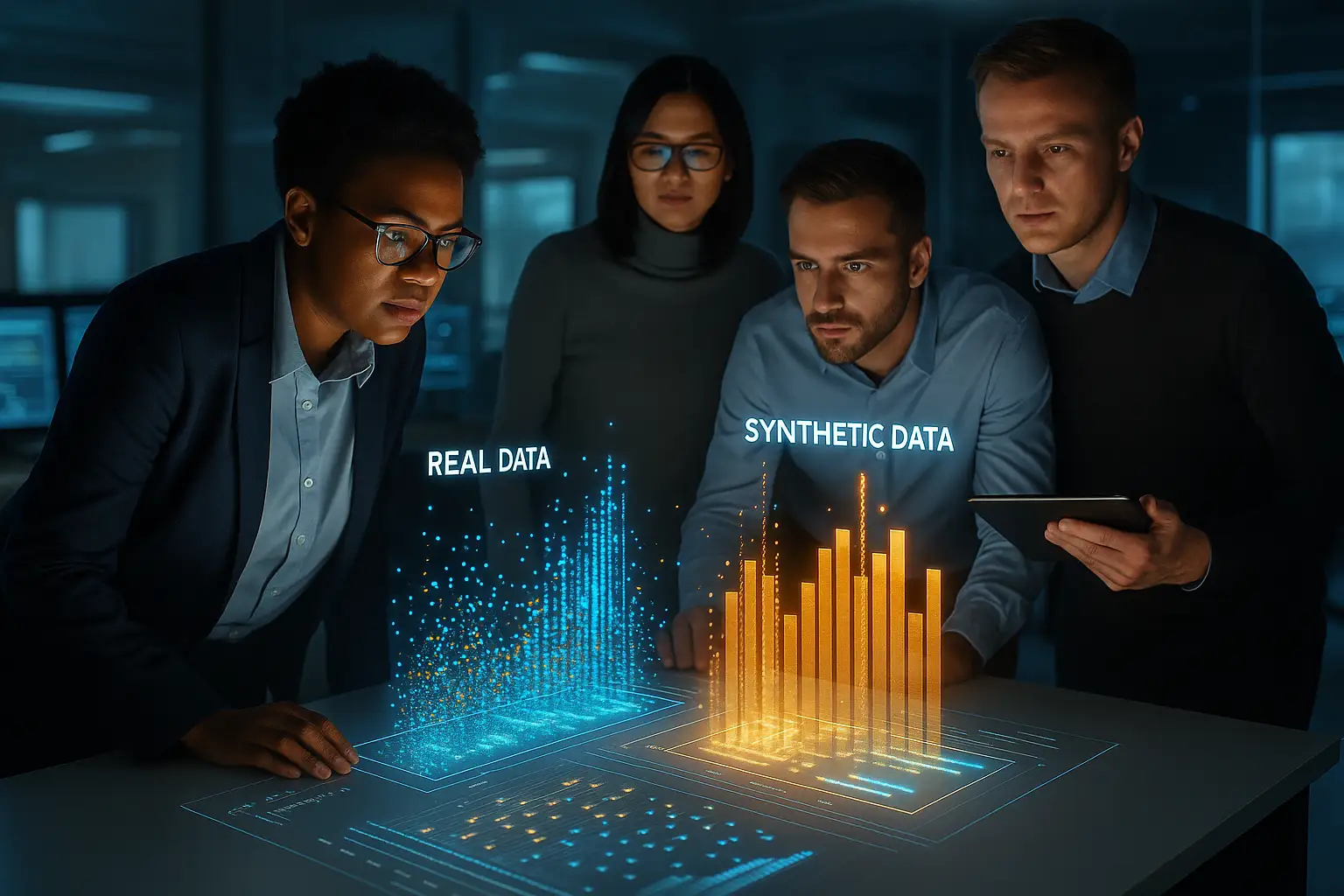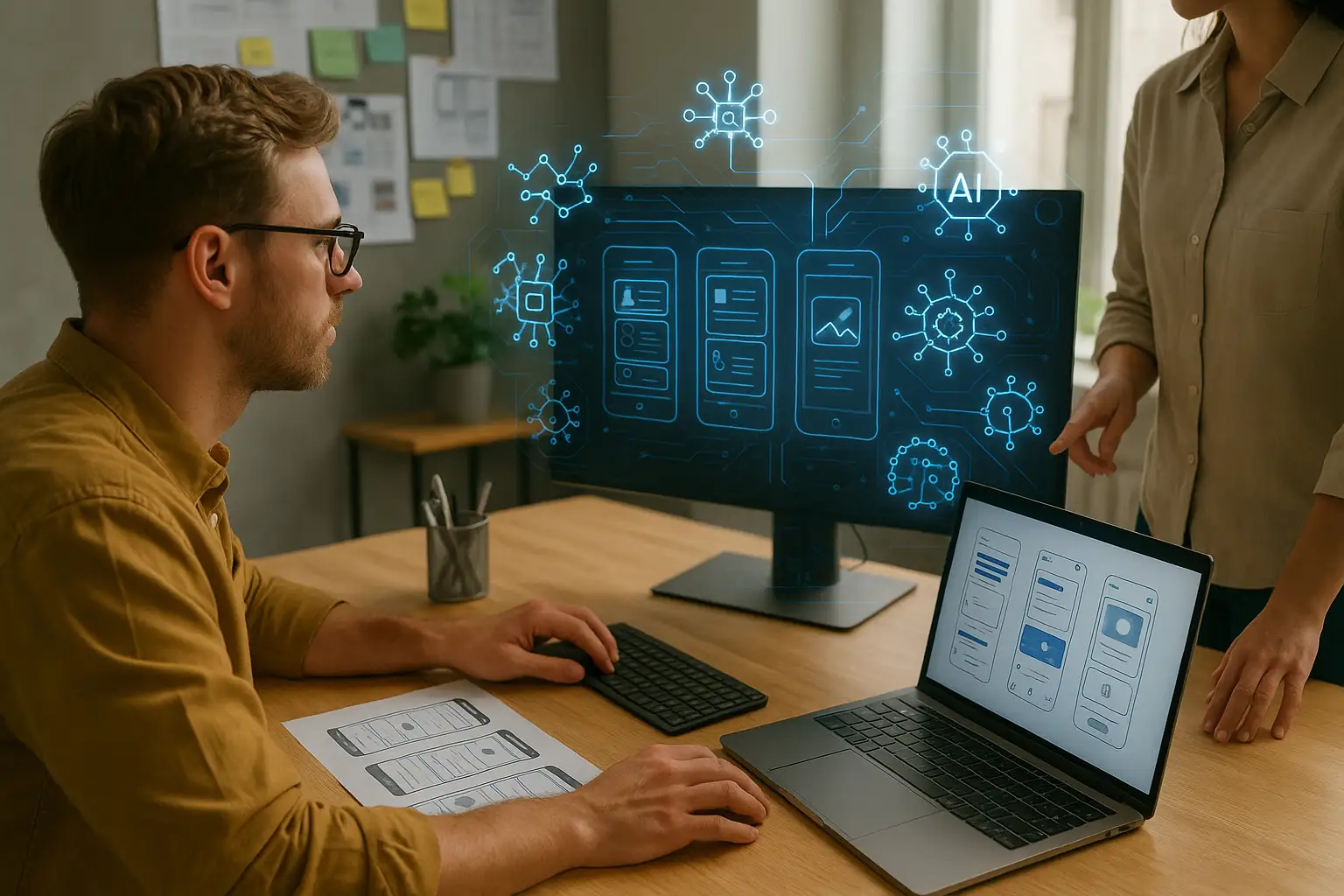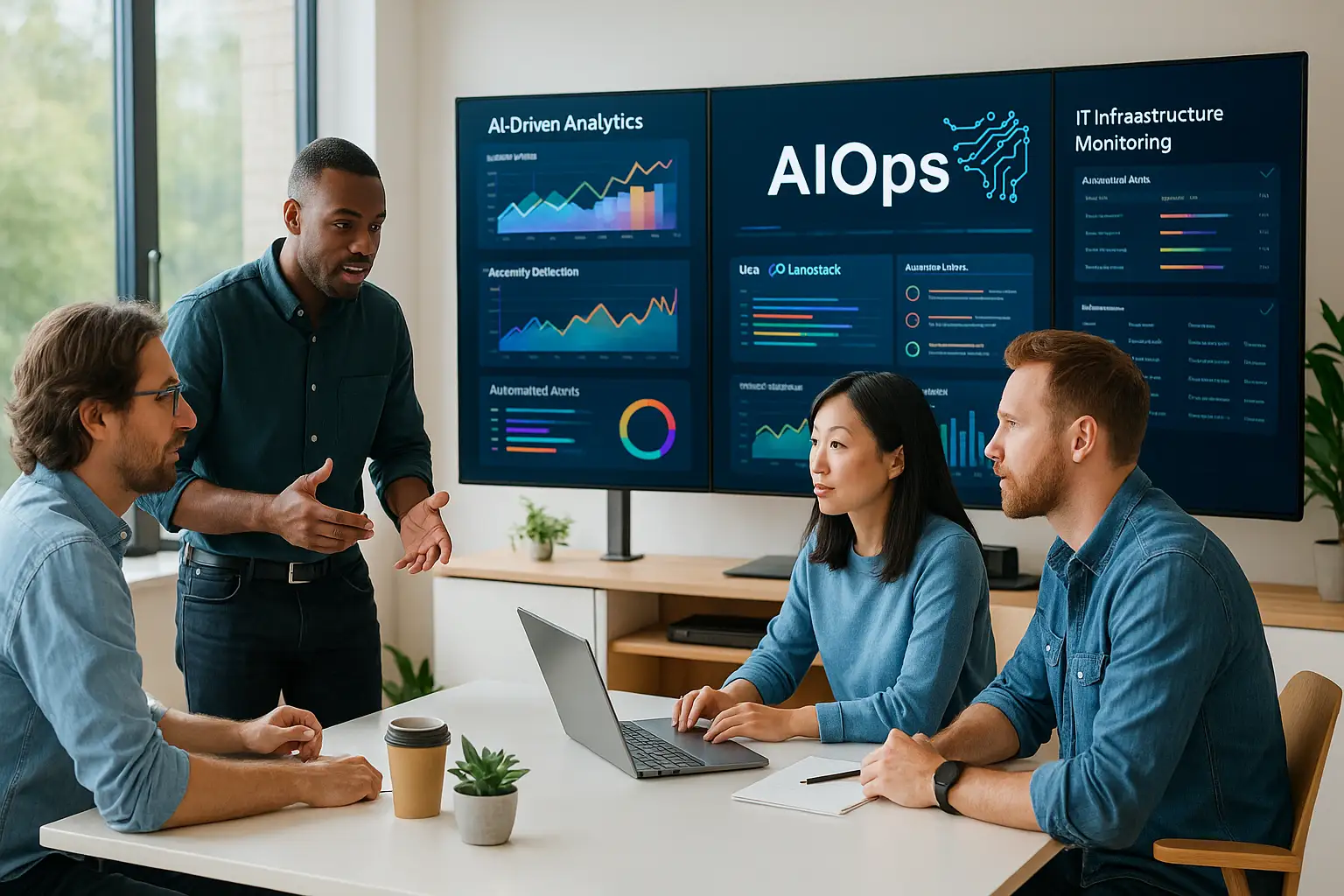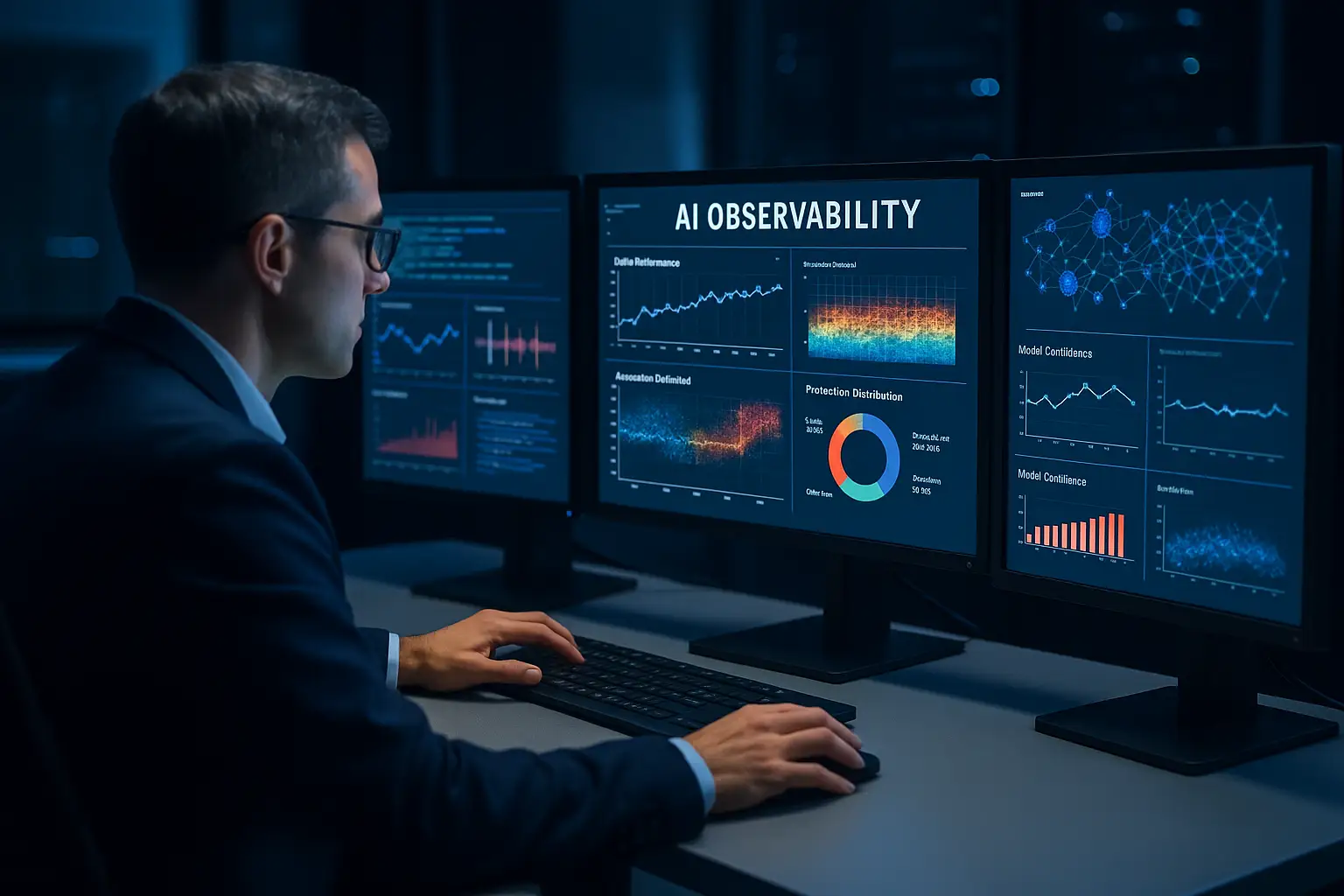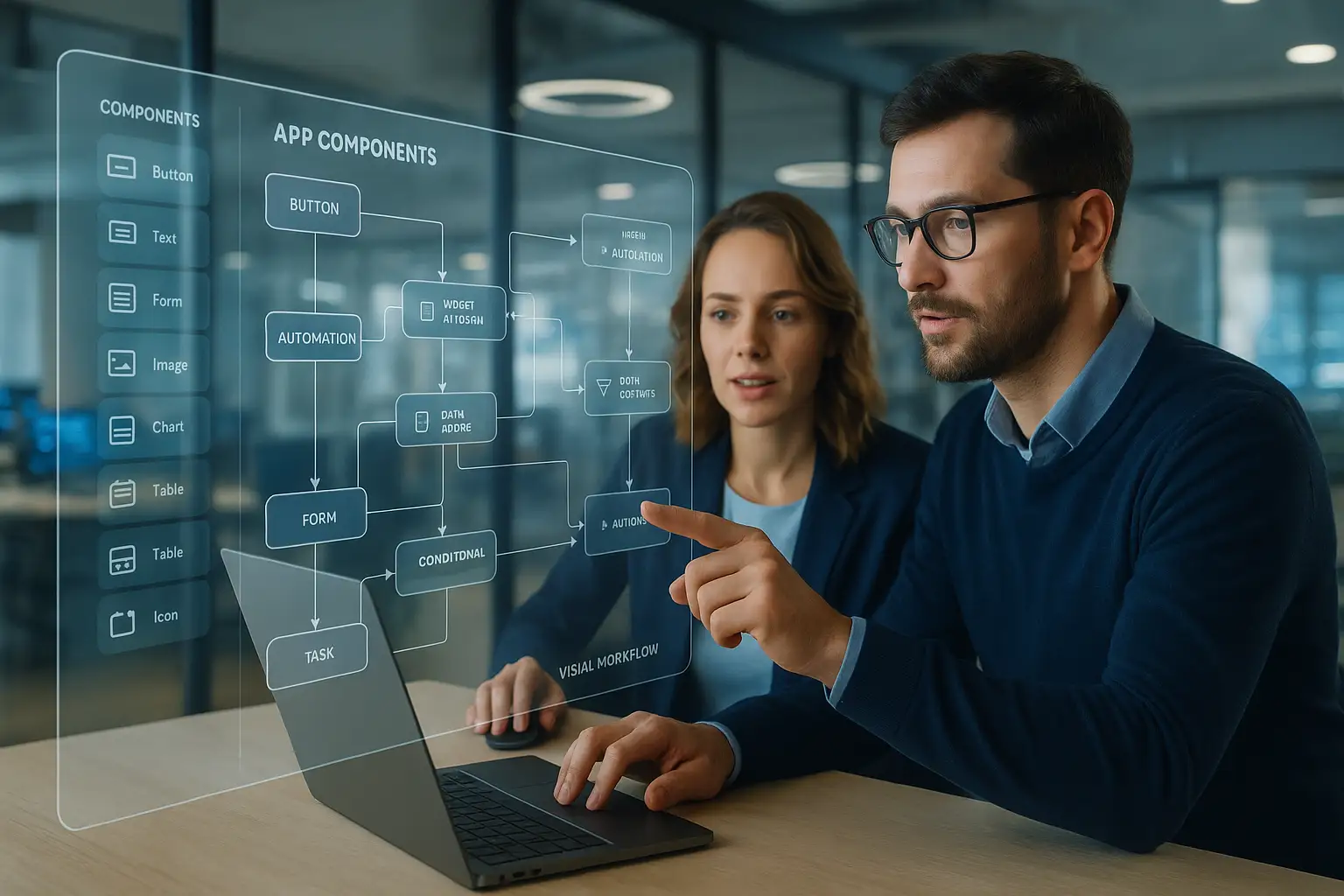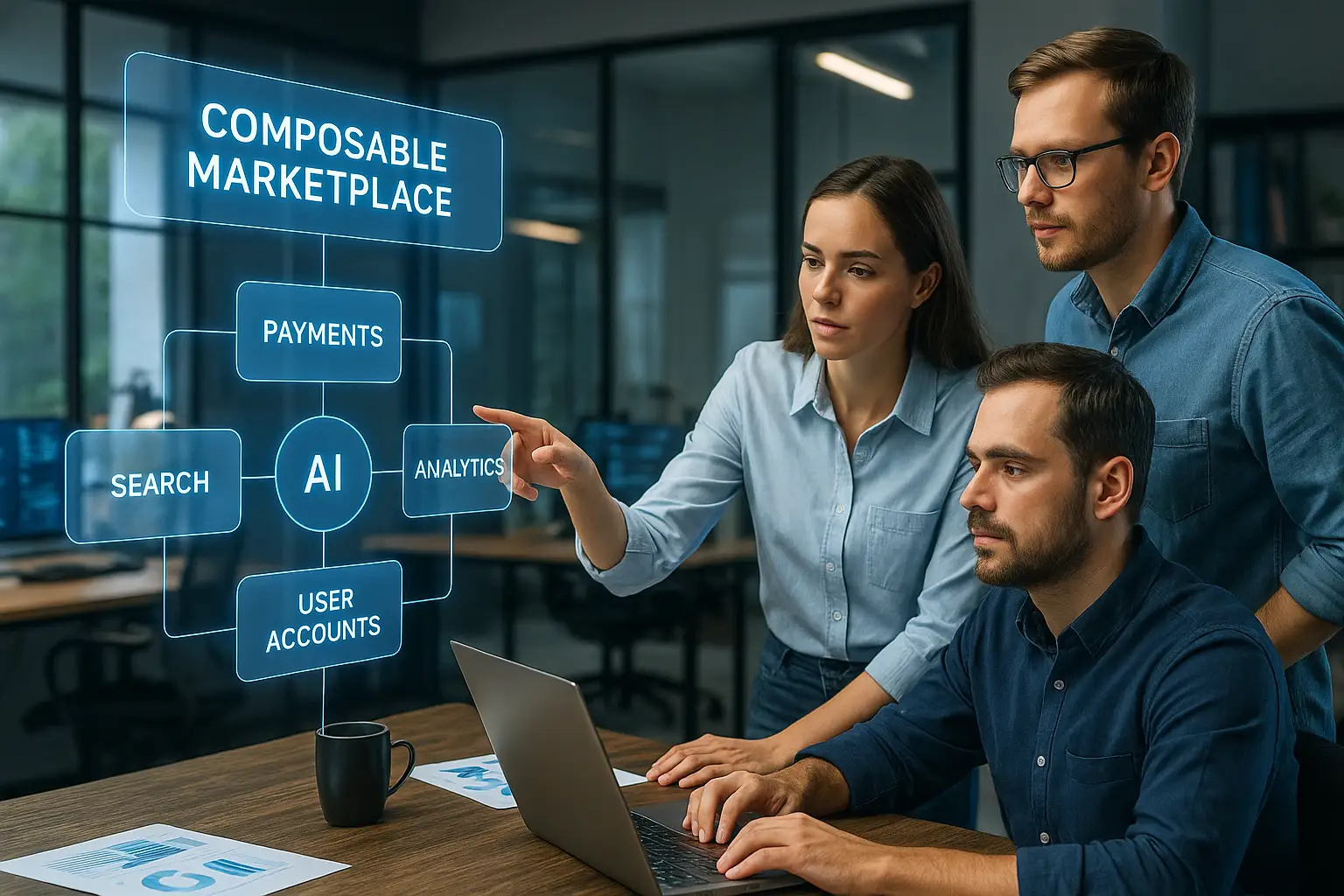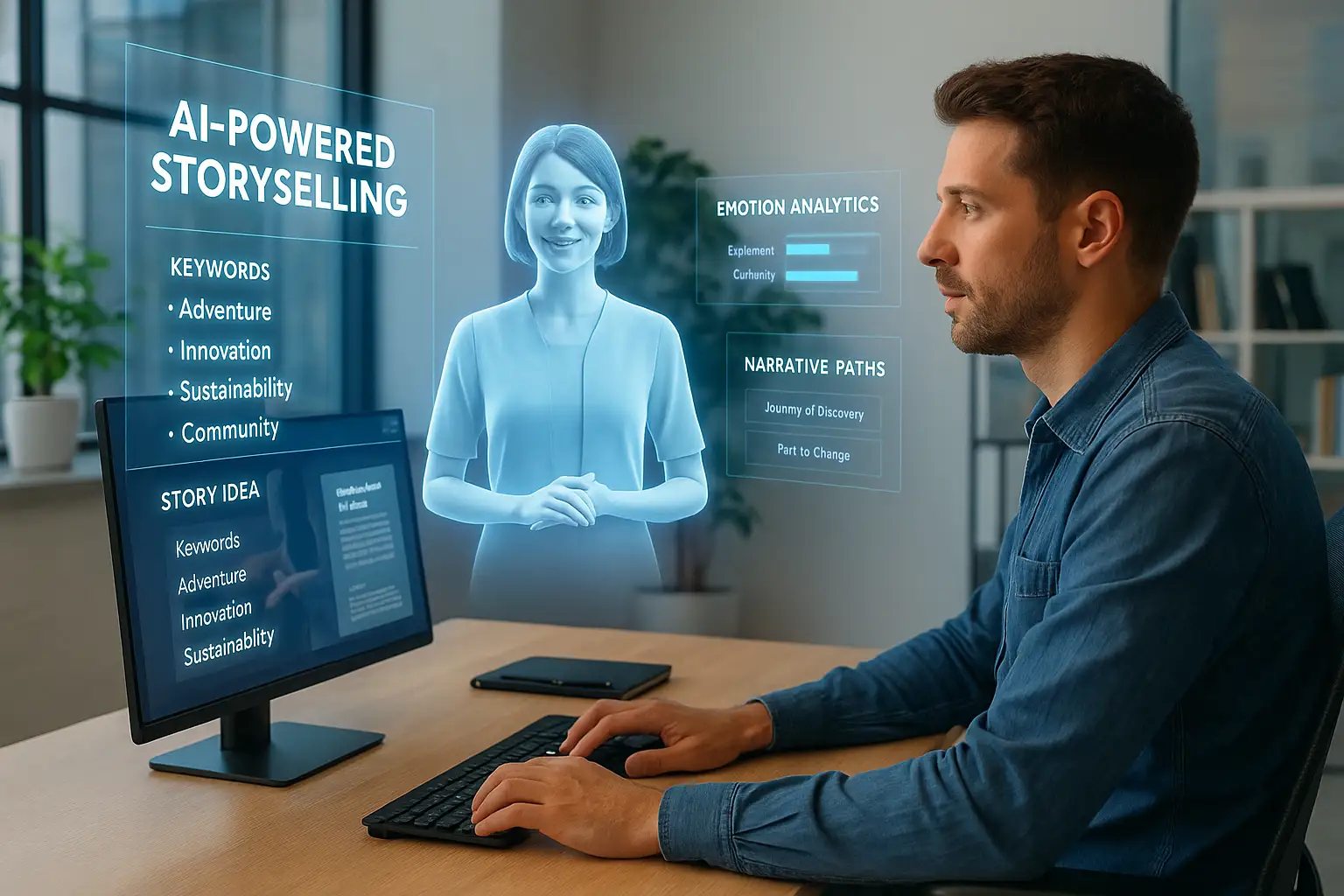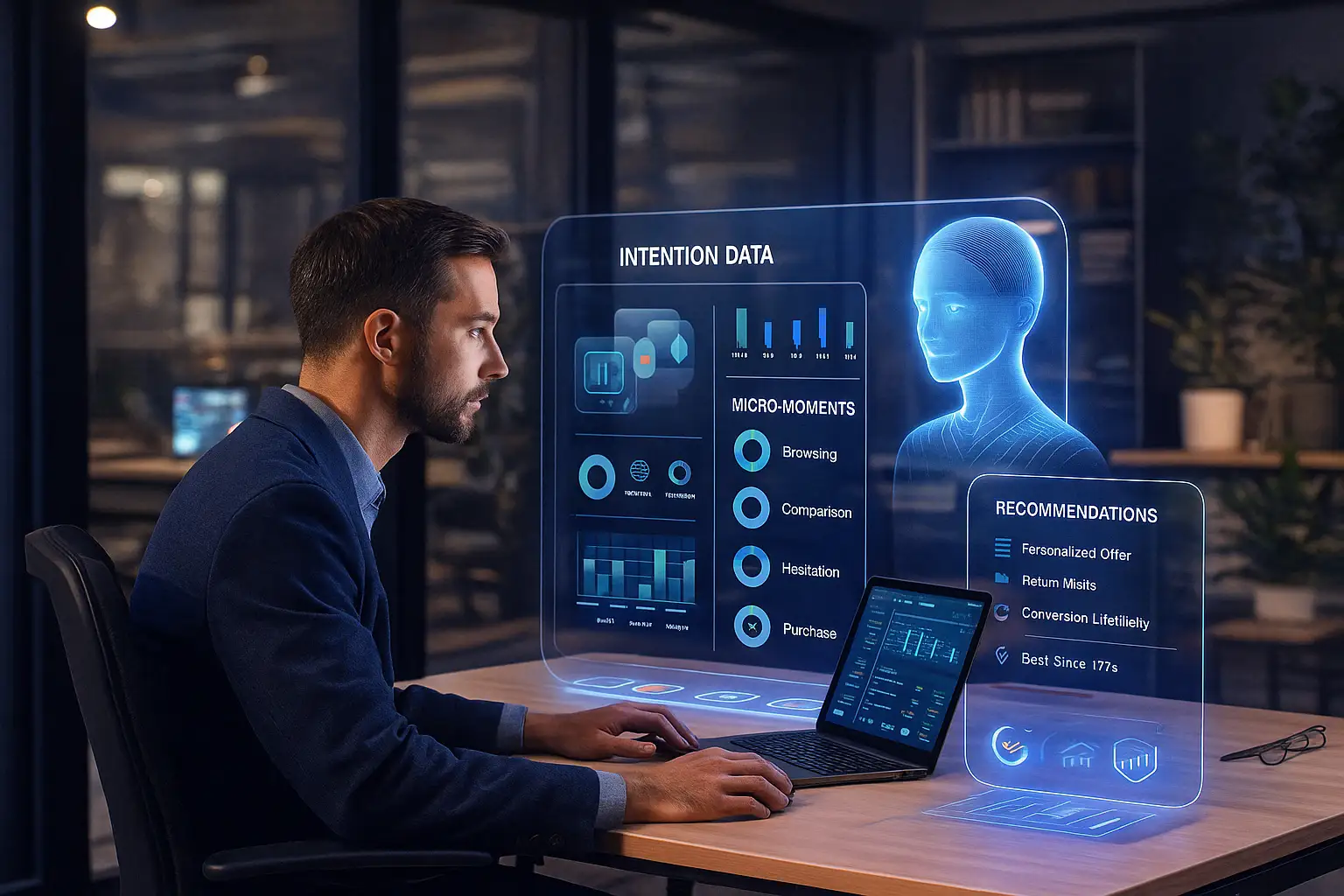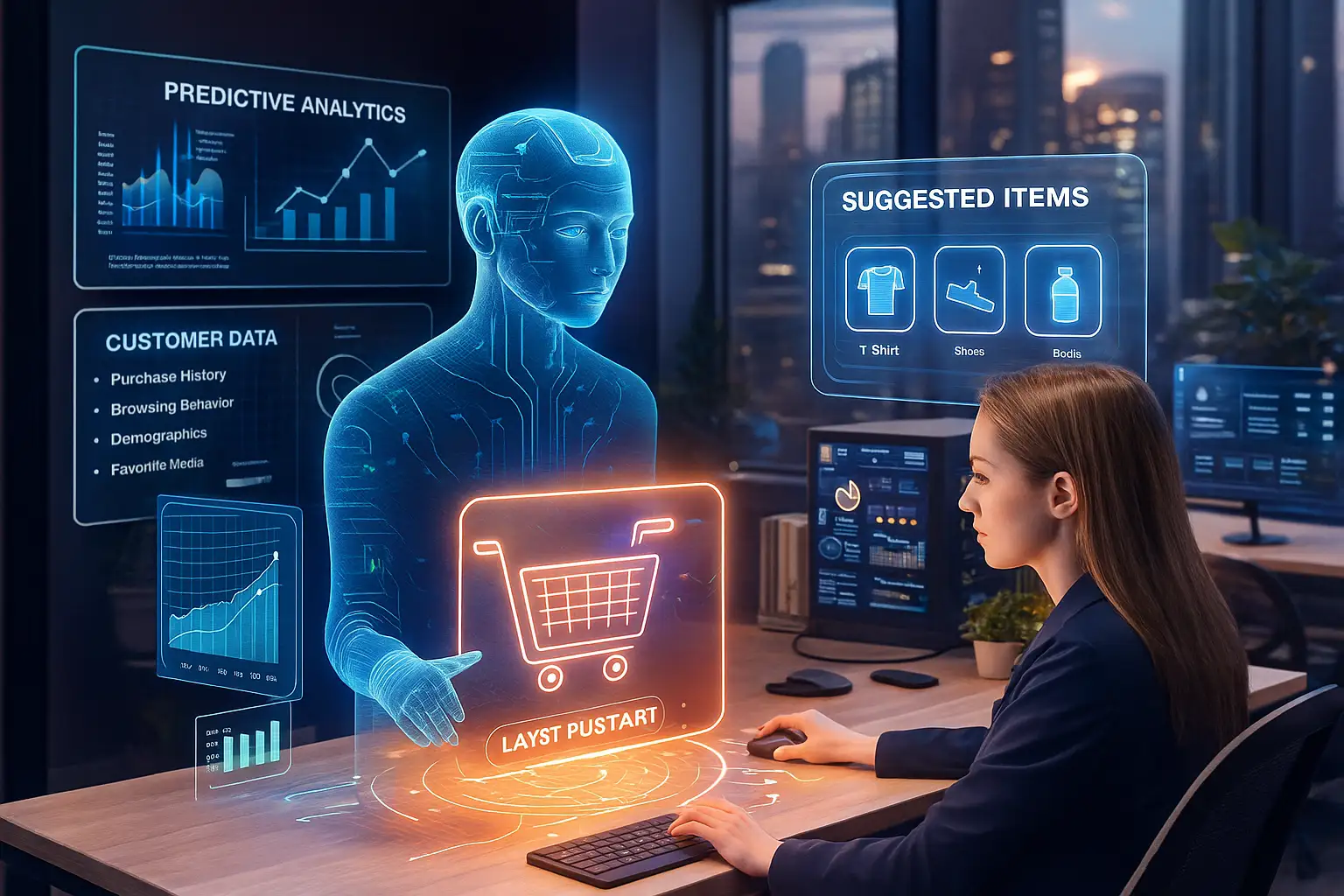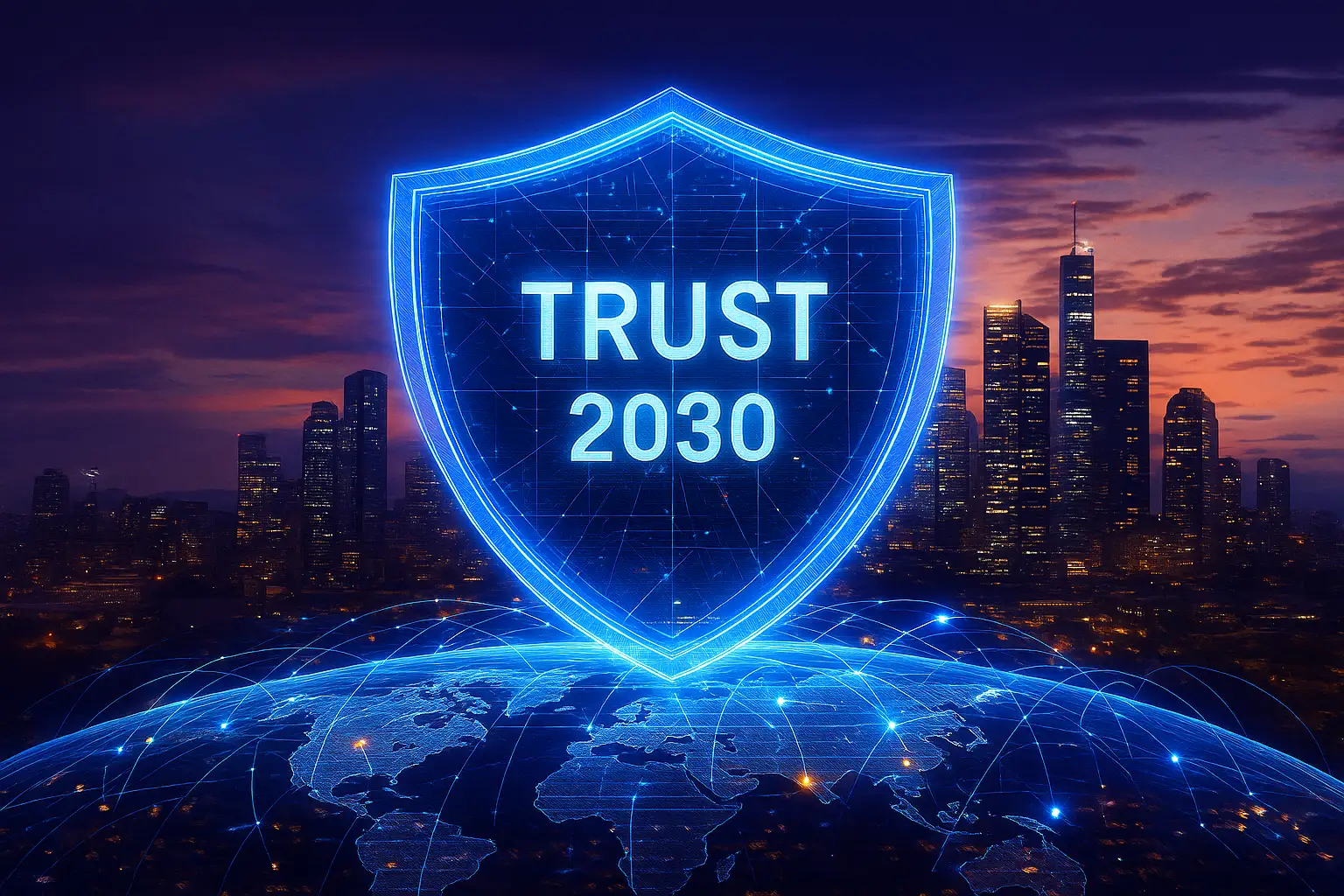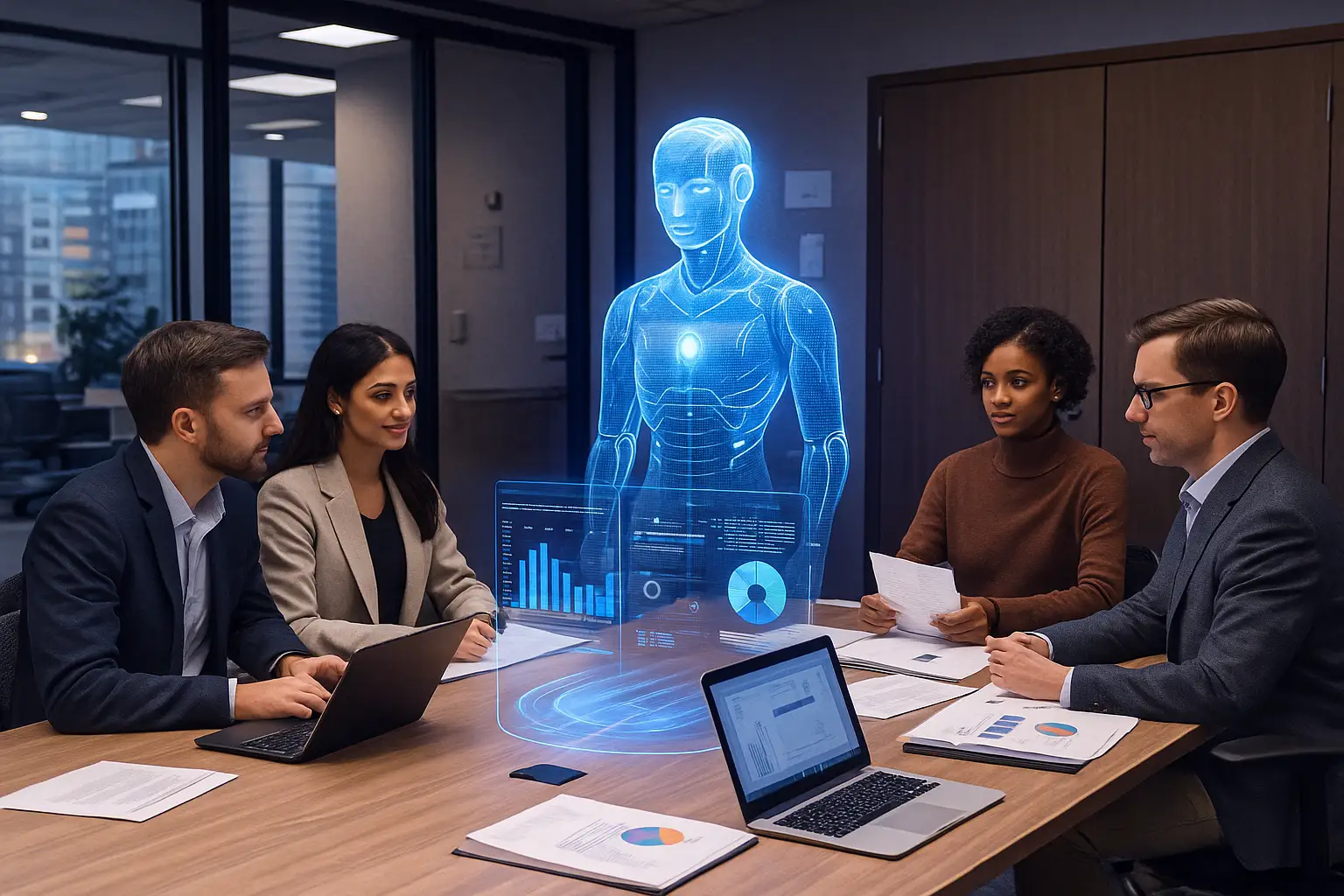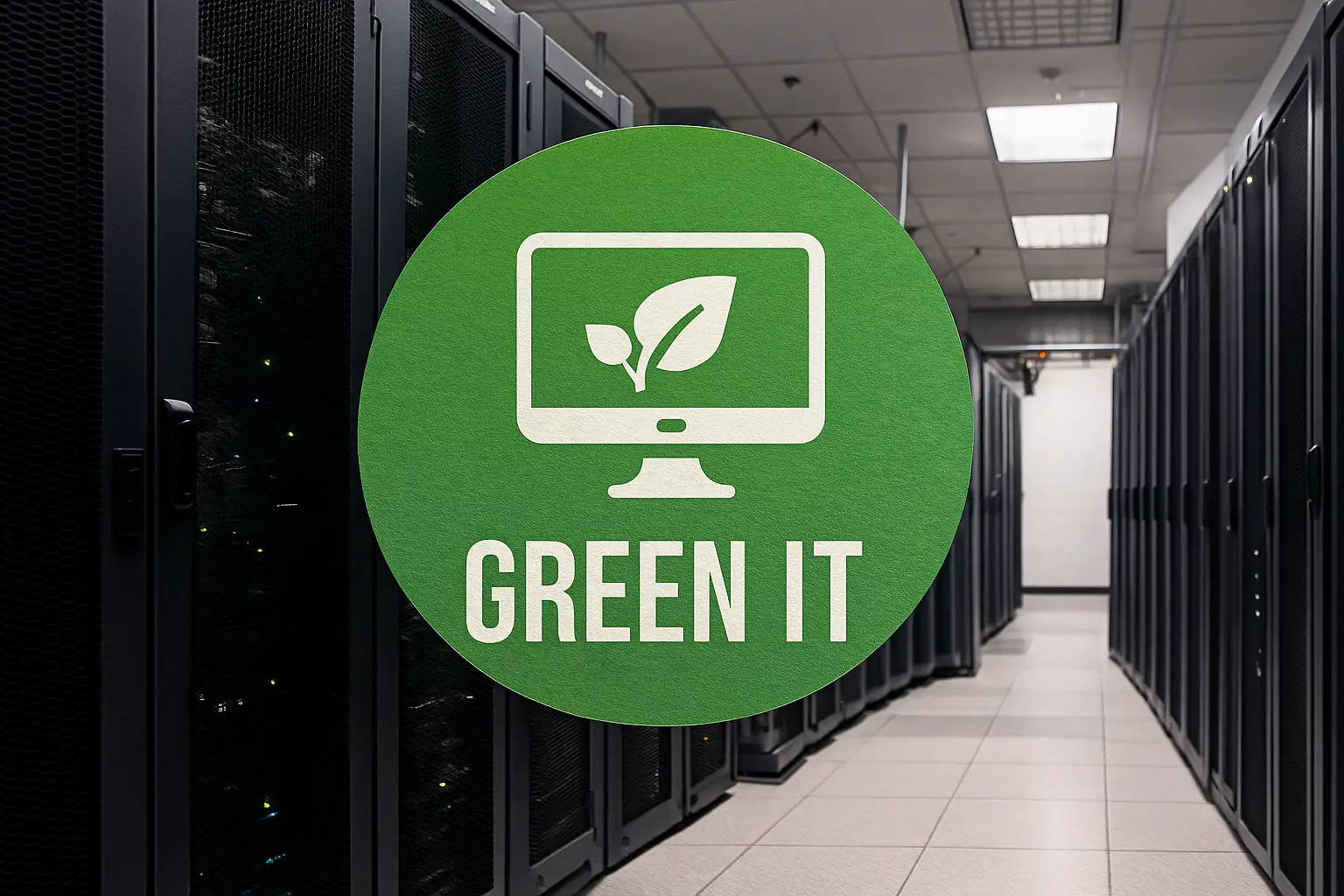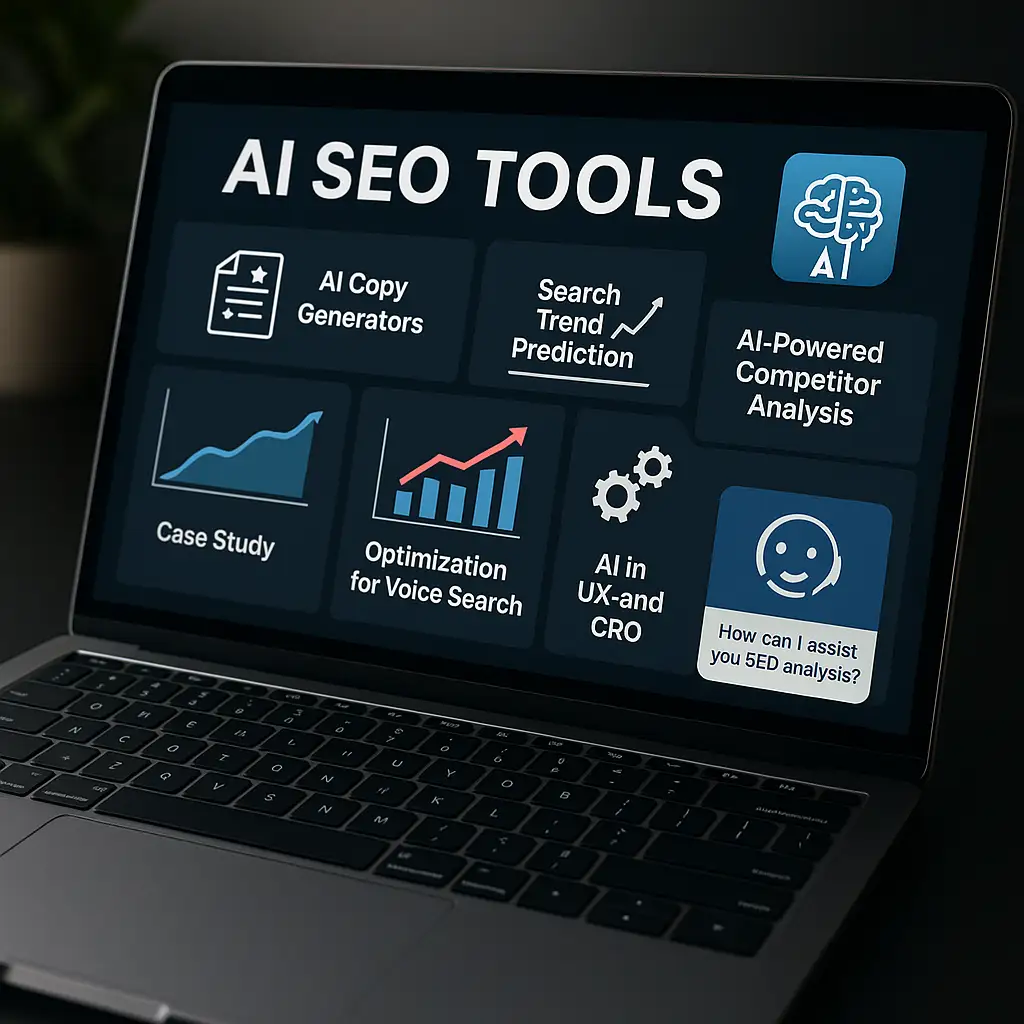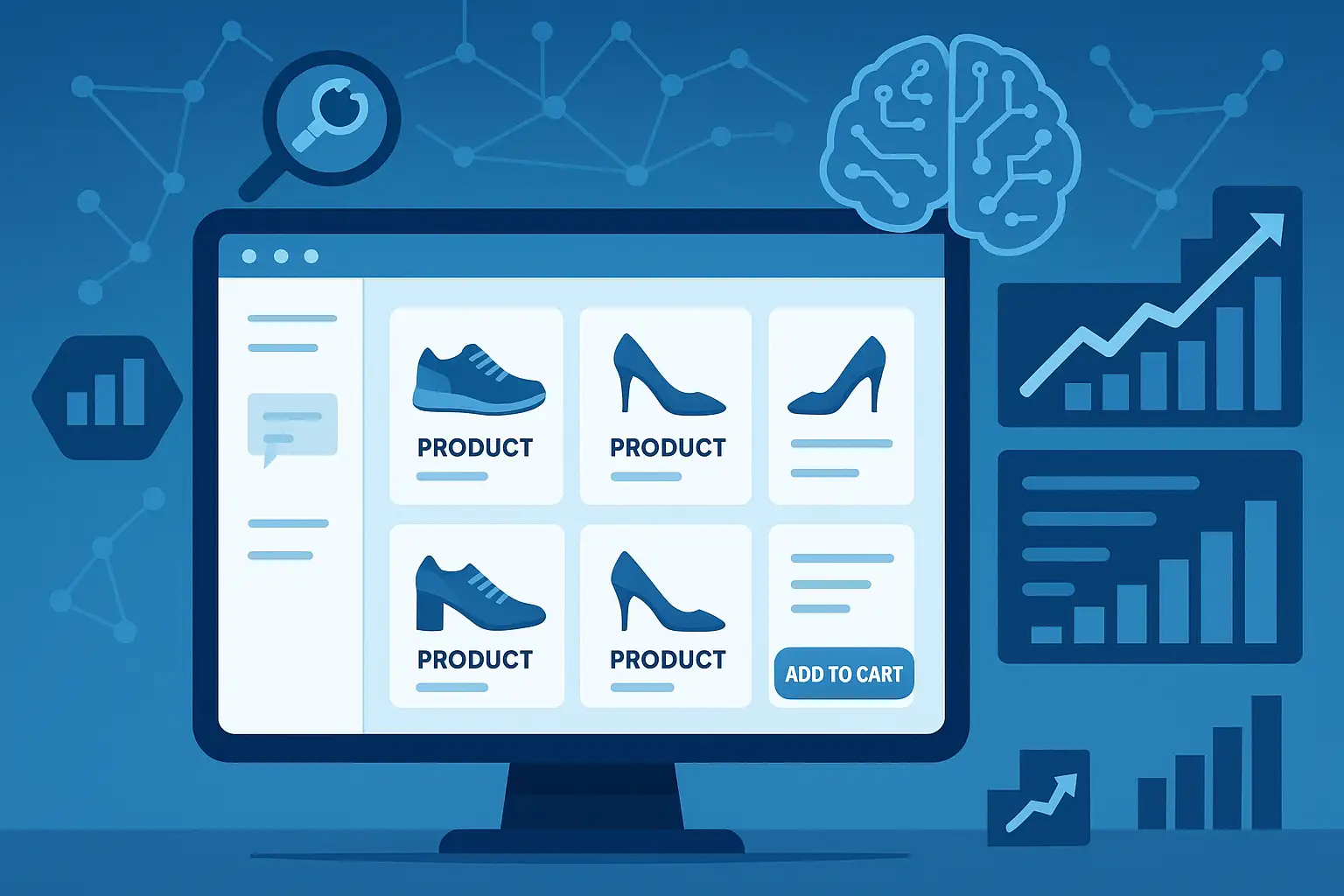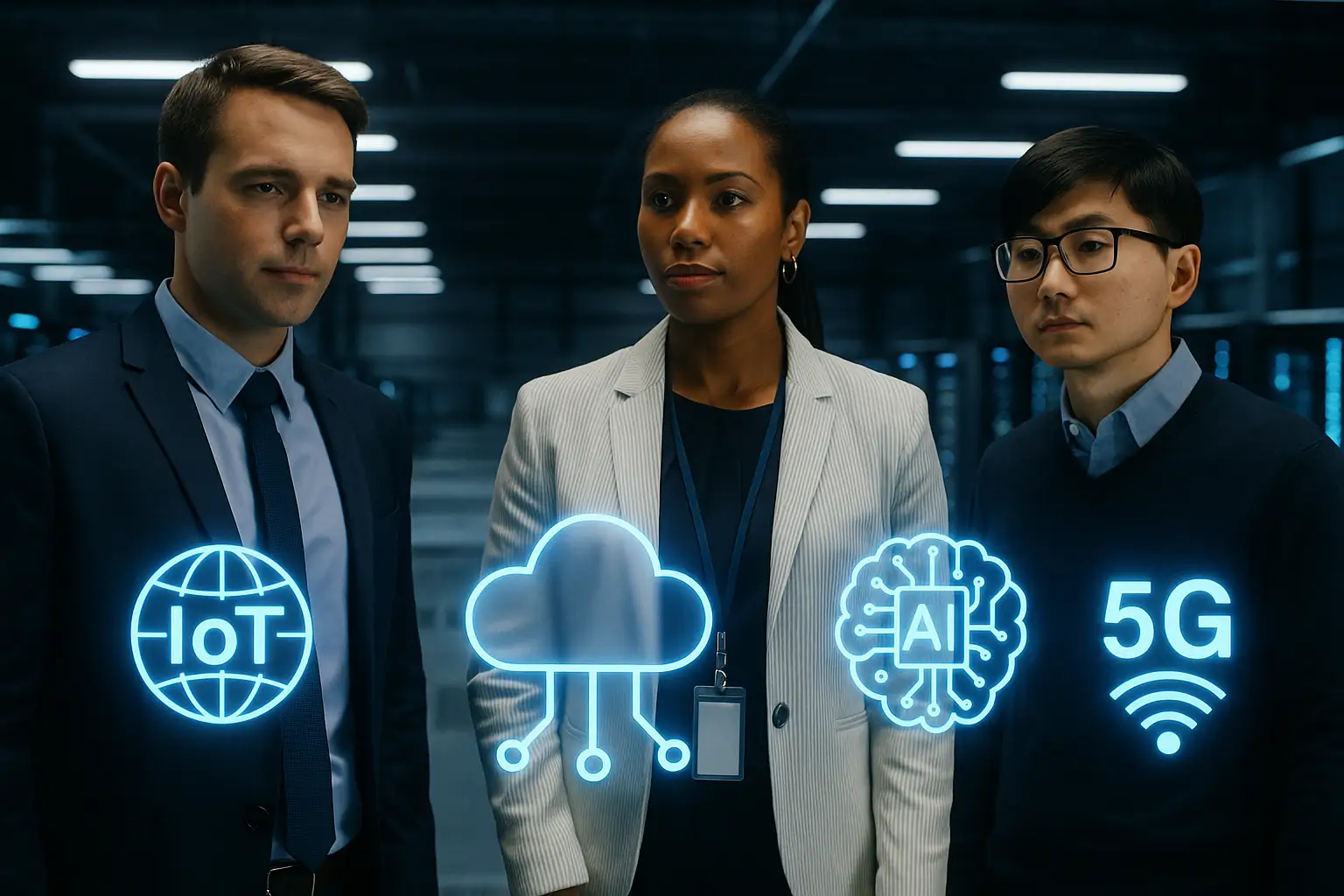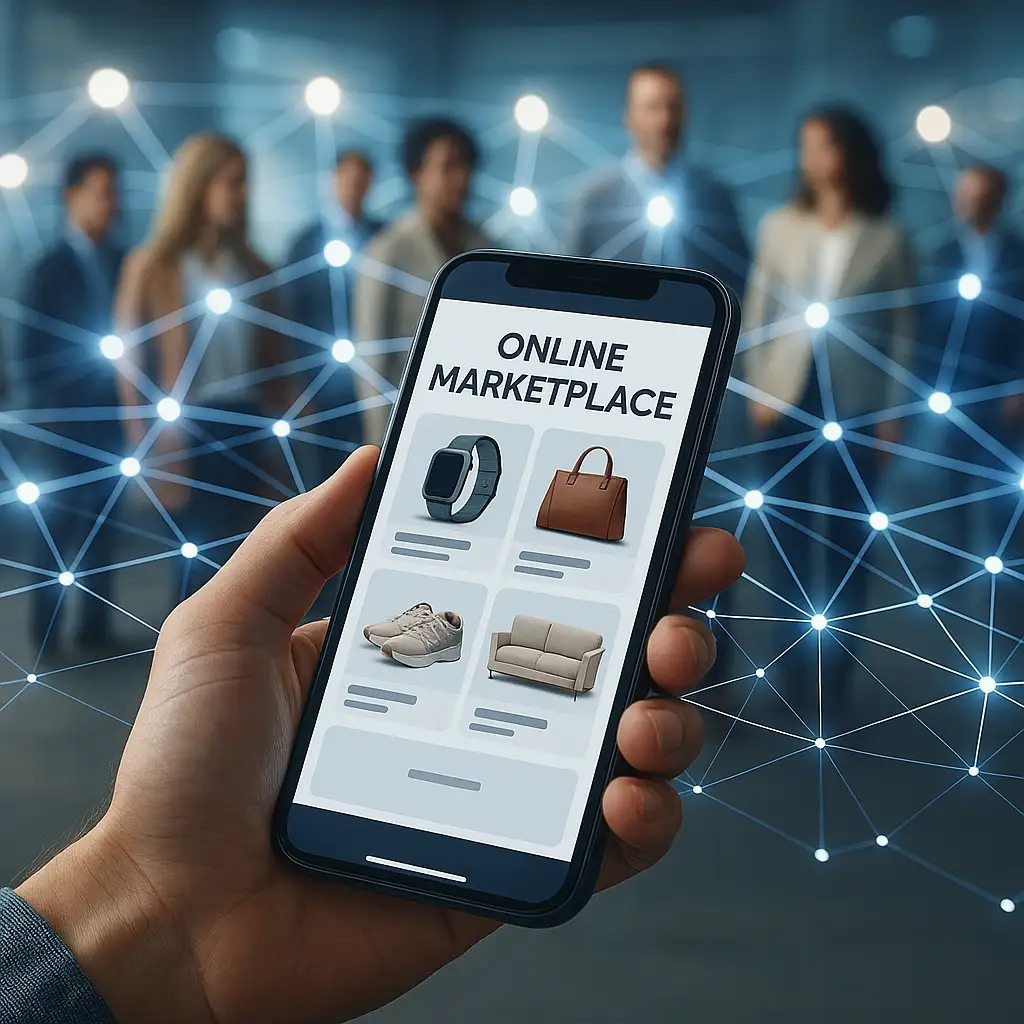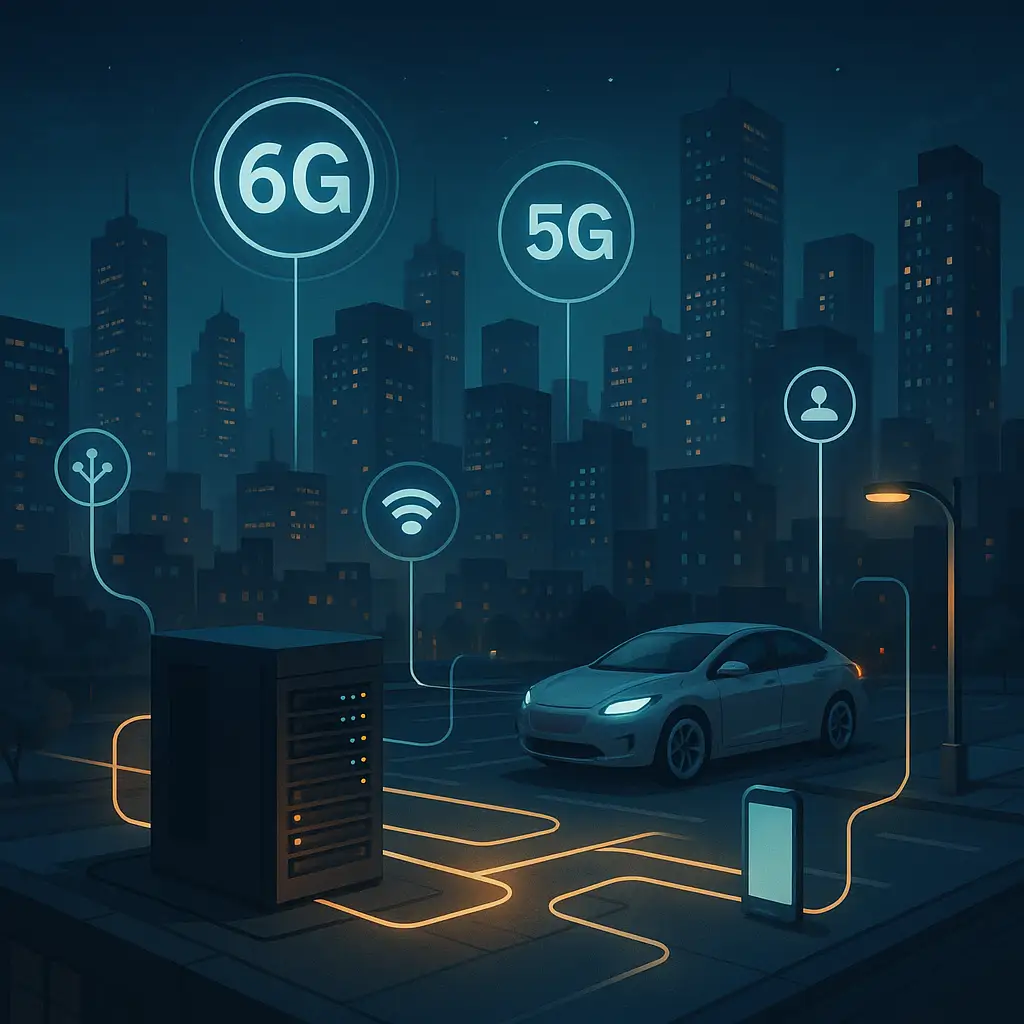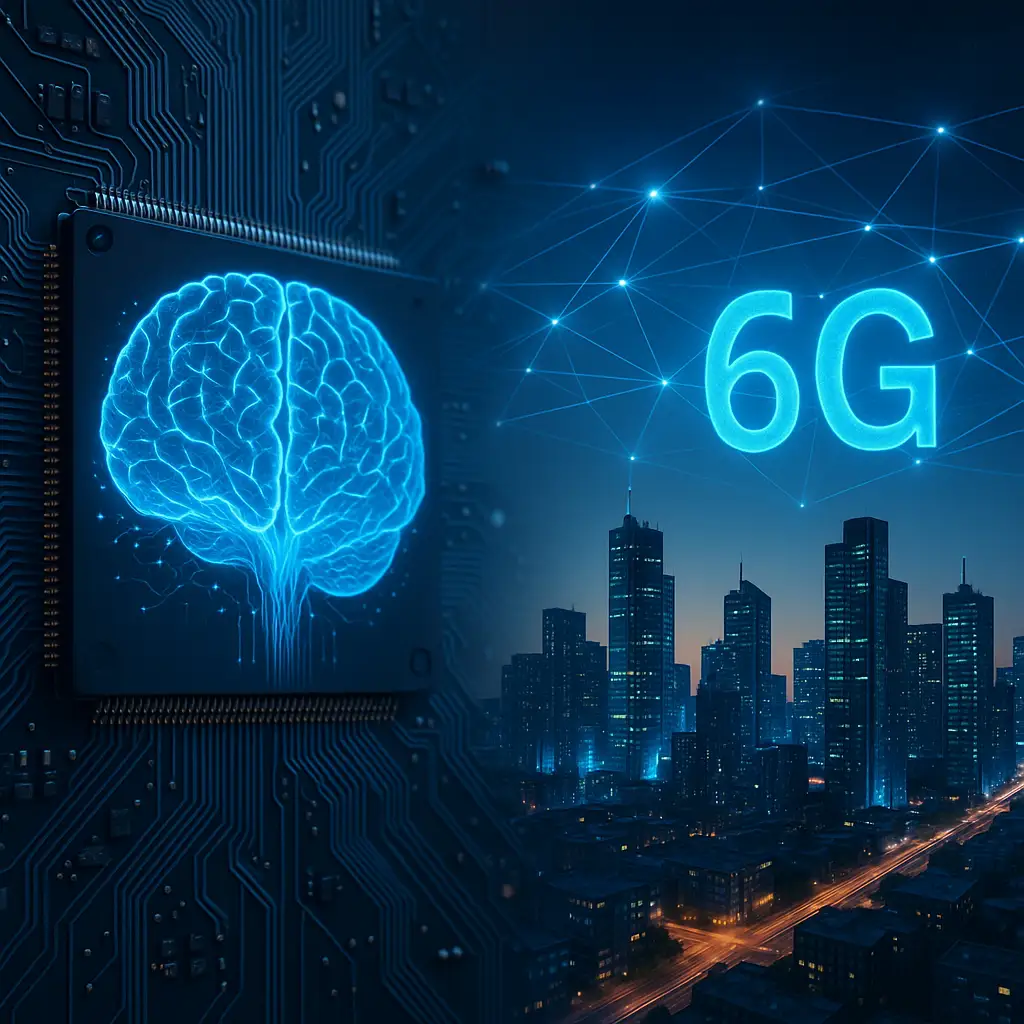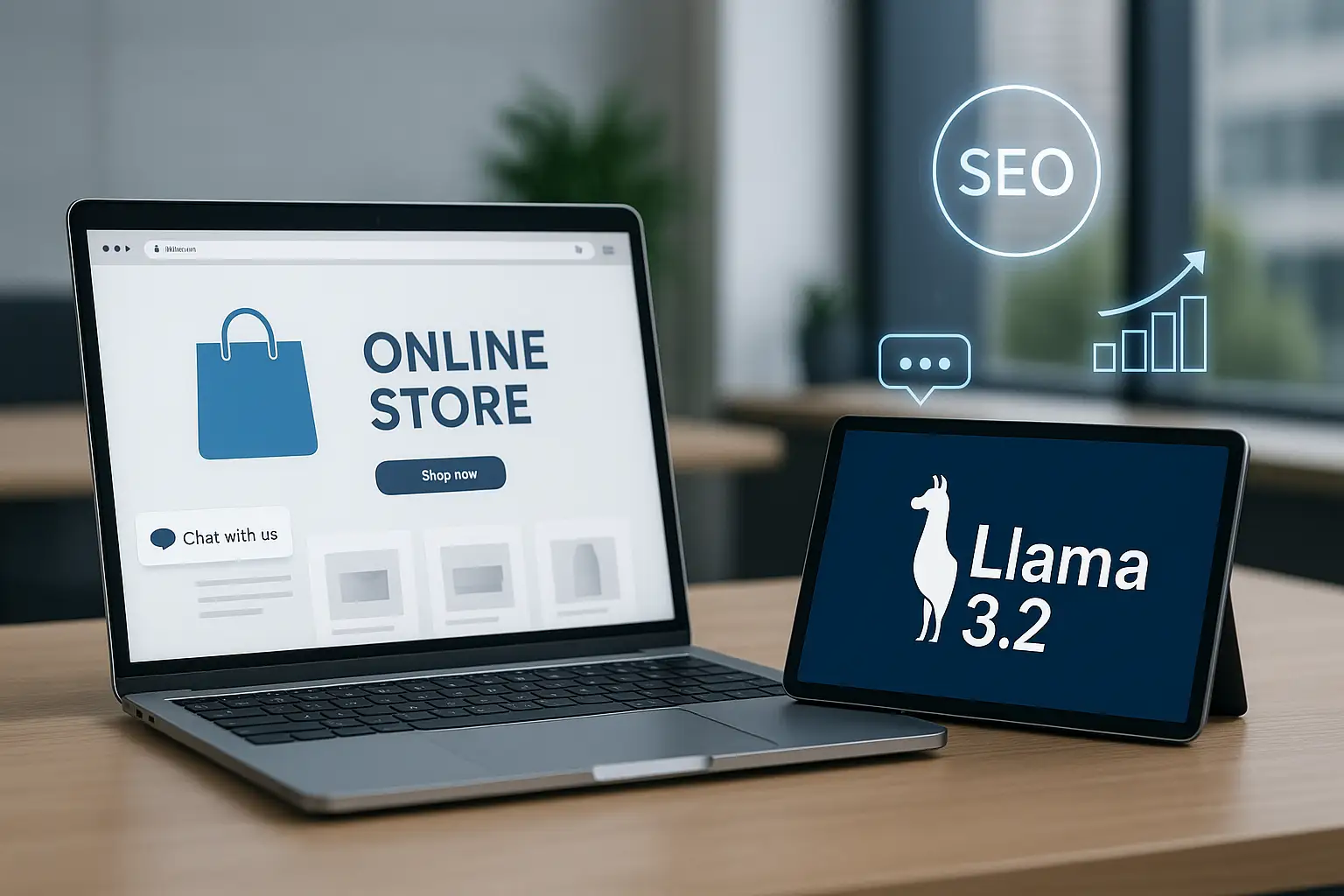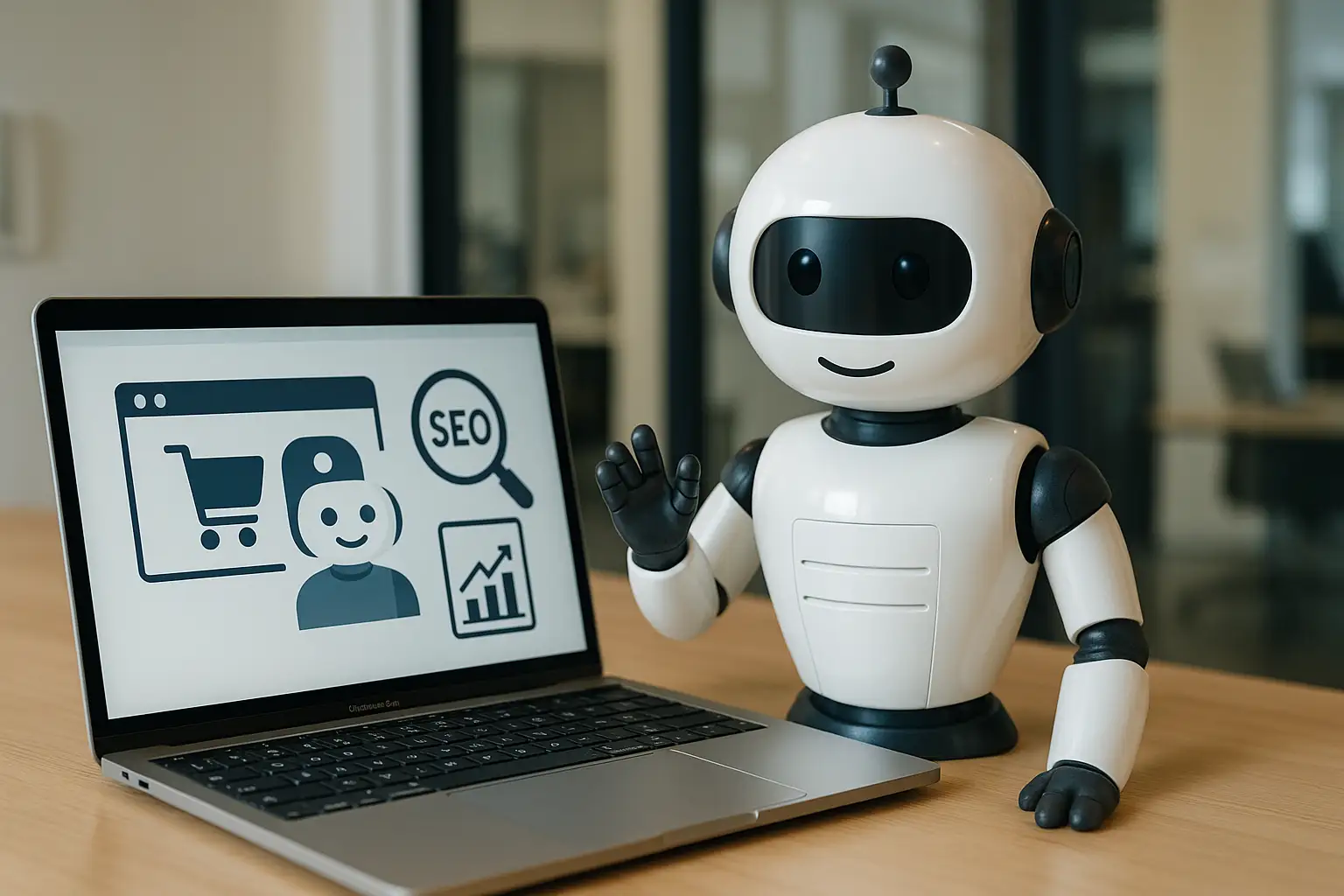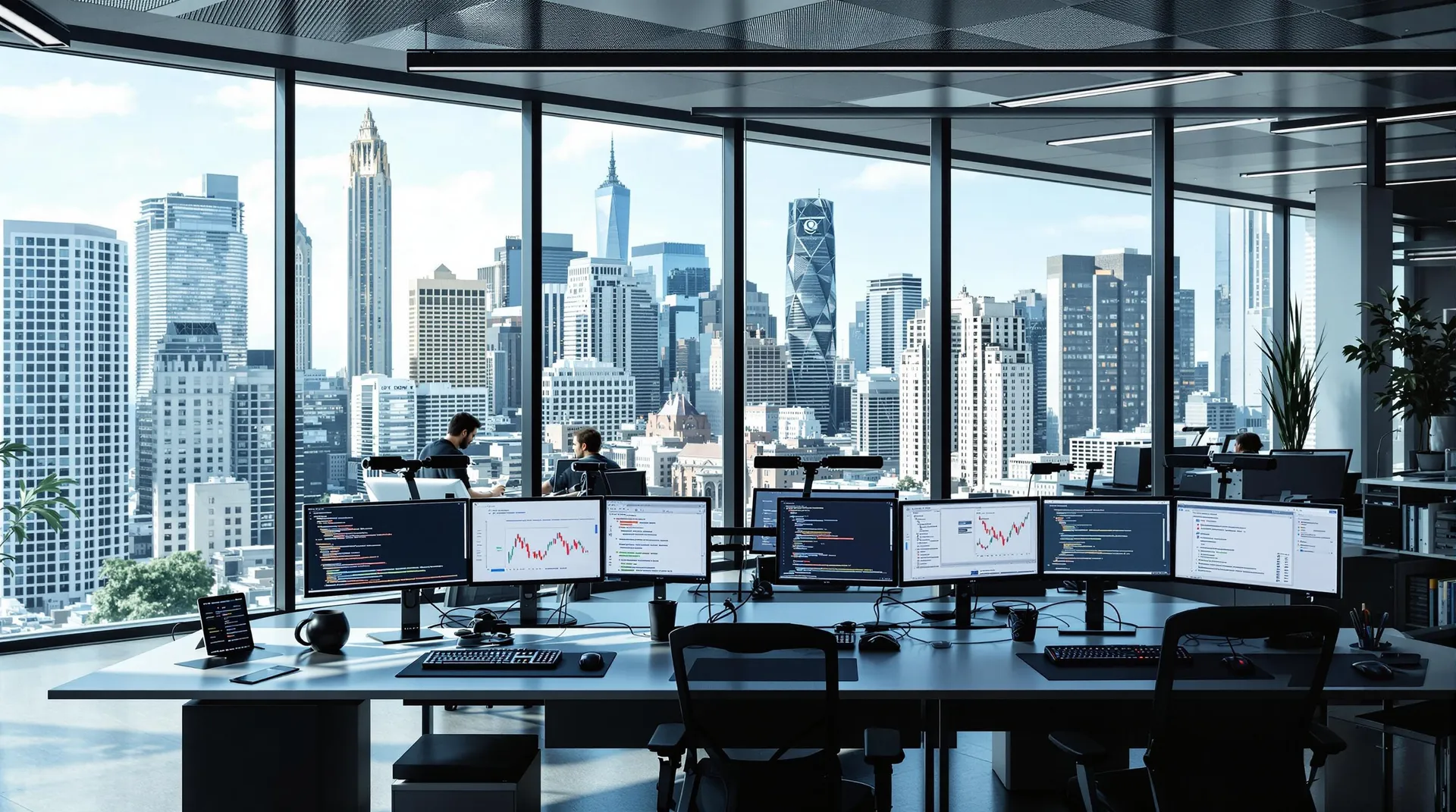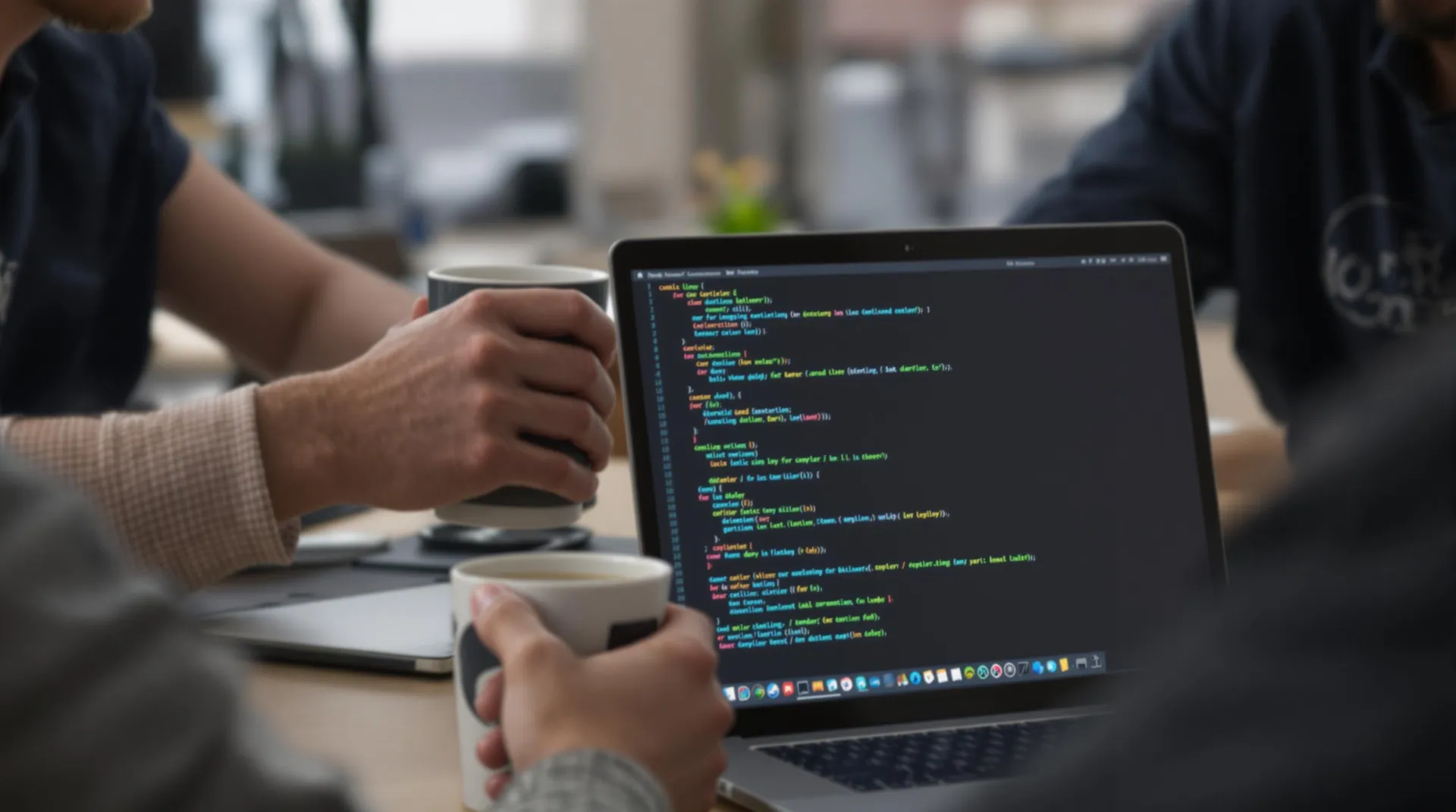The Era of Invisible Commerce: How AI Will Make Shopping Disappear by 2030
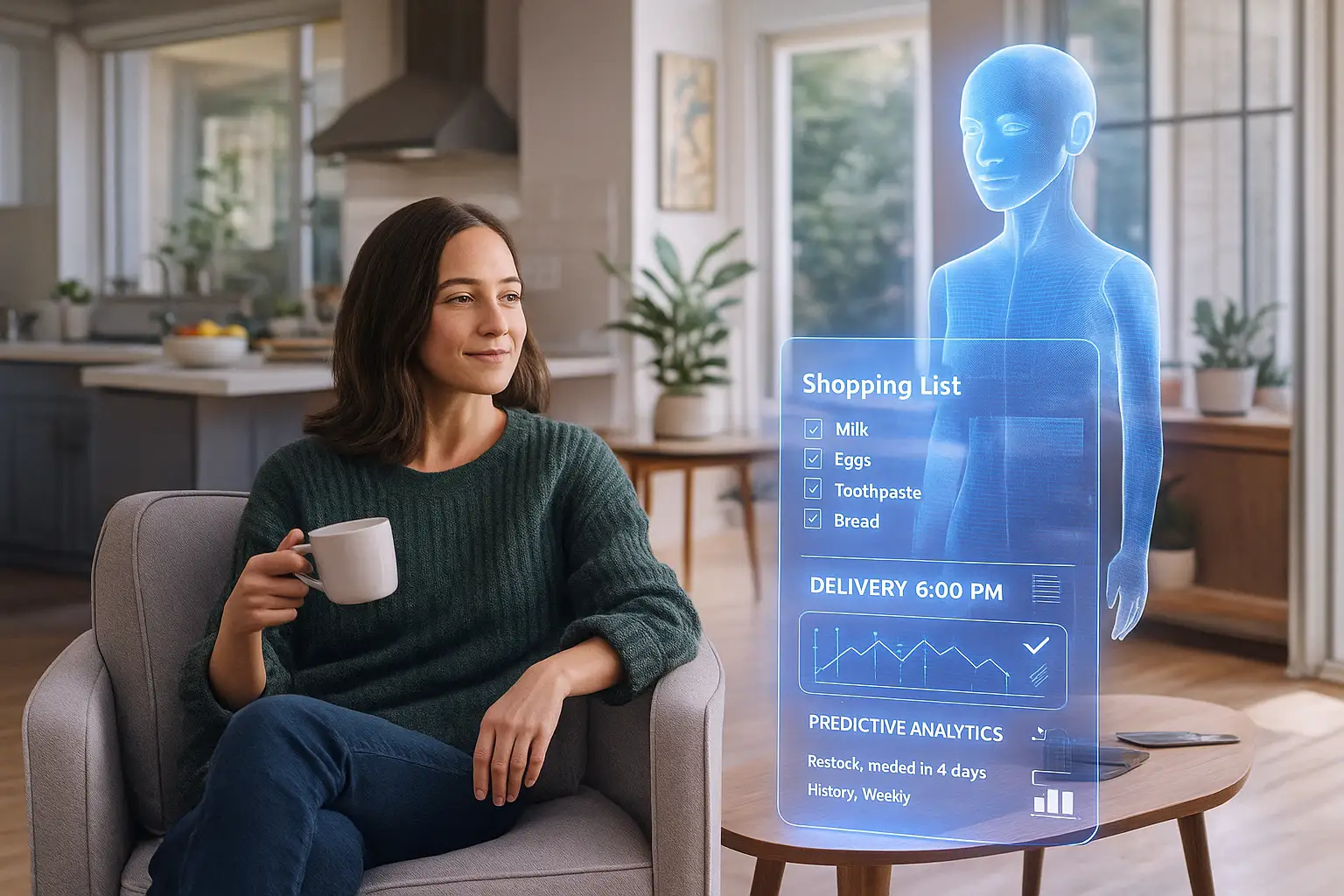
The Era of Invisible Commerce: How AI Will Make Shopping Disappear by 2030
Introduction
The most powerful form of technology is the one that disappears.
This statement, coined by computer scientist Mark Weiser in the 1990s, is now becoming reality in commerce.
Over the next few years, shopping as we know it will vanish. We will stop “going shopping” — instead, shopping will happen around us, automatically, invisibly, and seamlessly. Artificial intelligence, connected devices, and data-driven personalization will merge to create a world where buying no longer feels like a transaction, but a background process.
Welcome to Invisible Commerce — the end of the traditional buying journey.
1. What Is Invisible Commerce?
Invisible commerce refers to automated, frictionless, and AI-driven shopping experiences where the act of purchasing becomes invisible to the user.
It’s not about eliminating choice — it’s about eliminating friction.
Customers still decide what they want, but AI anticipates needs, automates orders, and optimizes delivery without manual input.
Everyday examples:
- Your smart fridge detects that milk is running low and reorders it automatically.
- A fitness app recommends and orders new running shoes when your mileage spikes.
- Your car schedules maintenance and pre-pays for parts.
- A virtual AI stylist refreshes your wardrobe each season based on preferences and upcoming events.
2. The Forces Behind the Shift
Artificial Intelligence
AI learns purchasing cycles, preferences, and patterns. It connects consumption data (what, when, where) with predictive modeling to anticipate the next need.
Internet of Things (IoT)
Everyday objects become connected — from appliances to wearables — creating an ecosystem that communicates in real time.
Frictionless Payments
Digital wallets, voice authentication, and biometric verification make payments effortless — or invisible.
Subscription Models
From Netflix to meal kits, subscriptions condition consumers to accept automated continuity — purchases that happen without decision fatigue.
Together, these forces dissolve the boundaries between desire, decision, and delivery.
3. Why It’s Happening Now
- Data maturity: E-commerce platforms now have enough data to predict individual needs with precision.
- AI accessibility: Predictive analytics and recommendation engines are no longer enterprise-only.
- Behavioral acceptance: Consumers have grown comfortable with automation — from smart homes to auto-renewing services.
- Time scarcity: The less time people have, the more they value effortless convenience.
In short: automation has crossed the trust threshold.
4. The Customer Experience Revolution
Invisible commerce is about giving customers what they want without asking them to work for it.
The ideal experience feels personal, instant, and natural.
Examples:
- Amazon Dash Replenishment: devices that reorder ink, detergent, or batteries automatically.
- Starbucks Predictive Ordering: the app learns your daily routine and pre-orders your coffee.
- L’Oréal Perso: a device that blends personalized skincare formulas each morning.
This level of prediction and personalization creates emotional loyalty — customers stop comparing and simply trust the system.
5. Benefits for Businesses
For e-commerce companies, invisible commerce means more than convenience — it’s a strategic goldmine.
- Higher retention: recurring purchases become default, not exception.
- Predictable revenue: automation stabilizes cash flow through repeat orders.
- Data-driven personalization: continuous interaction deepens customer understanding.
- Reduced decision friction: fewer abandoned carts and faster checkout.
When buying becomes effortless, brand loyalty becomes invisible too — but incredibly strong.
6. The Risks and Ethical Challenges
Invisible commerce also raises tough questions:
- Loss of conscious choice: if AI buys for us, do we still decide?
- Over-personalization: when does helpful become intrusive?
- Data privacy: predictive systems rely on sensitive behavioral data.
- Algorithmic bias: automation could reinforce habits or limit discovery.
The solution is transparency and control. Customers must always understand why AI made a choice and be able to adjust it.
7. The Future: The End of the Storefront
By 2030, most transactions will happen outside of traditional storefronts.
Commerce will move into:
- Voice assistants (Amazon Alexa, Google Assistant),
- AR/VR environments,
- Connected ecosystems (smart homes, cars, wearables), and
- Ambient platforms (AI that operates in the background).
The concept of “visiting a store” will feel as outdated as renting DVDs.
Instead, commerce will become contextual, predictive, and continuous.
8. How Businesses Can Prepare
- Invest in predictive analytics – understand when and why customers buy.
- Adopt subscription and auto-replenishment models.
- Integrate with smart ecosystems – IoT devices, voice assistants, connected apps.
- Focus on trust and data ethics – transparency builds loyalty in an automated world.
- Design invisible UX – eliminate clicks, forms, and friction wherever possible.
The first movers in invisible commerce will own the customer relationship — because once automation begins, switching providers becomes rare.
9. What This Means for Humans
As buying fades into the background, the meaning of consumption will shift.
We will buy less impulsively and more intentionally. Shopping will become an invisible layer of life, guided by trust, data, and personalization.
Ironically, the less visible commerce becomes, the more human it will feel — because it will revolve around needs, not noise.
Conclusion
The future of retail isn’t about more products, faster shipping, or louder ads.
It’s about disappearing — integrating so deeply into daily life that the act of buying no longer feels like effort.
Invisible commerce represents the ultimate expression of technology serving humanity: anticipation instead of interruption, simplicity instead of complexity, trust instead of transaction.
By 2030, the best stores won’t just sell — they’ll think, predict, and deliver before we even ask.

